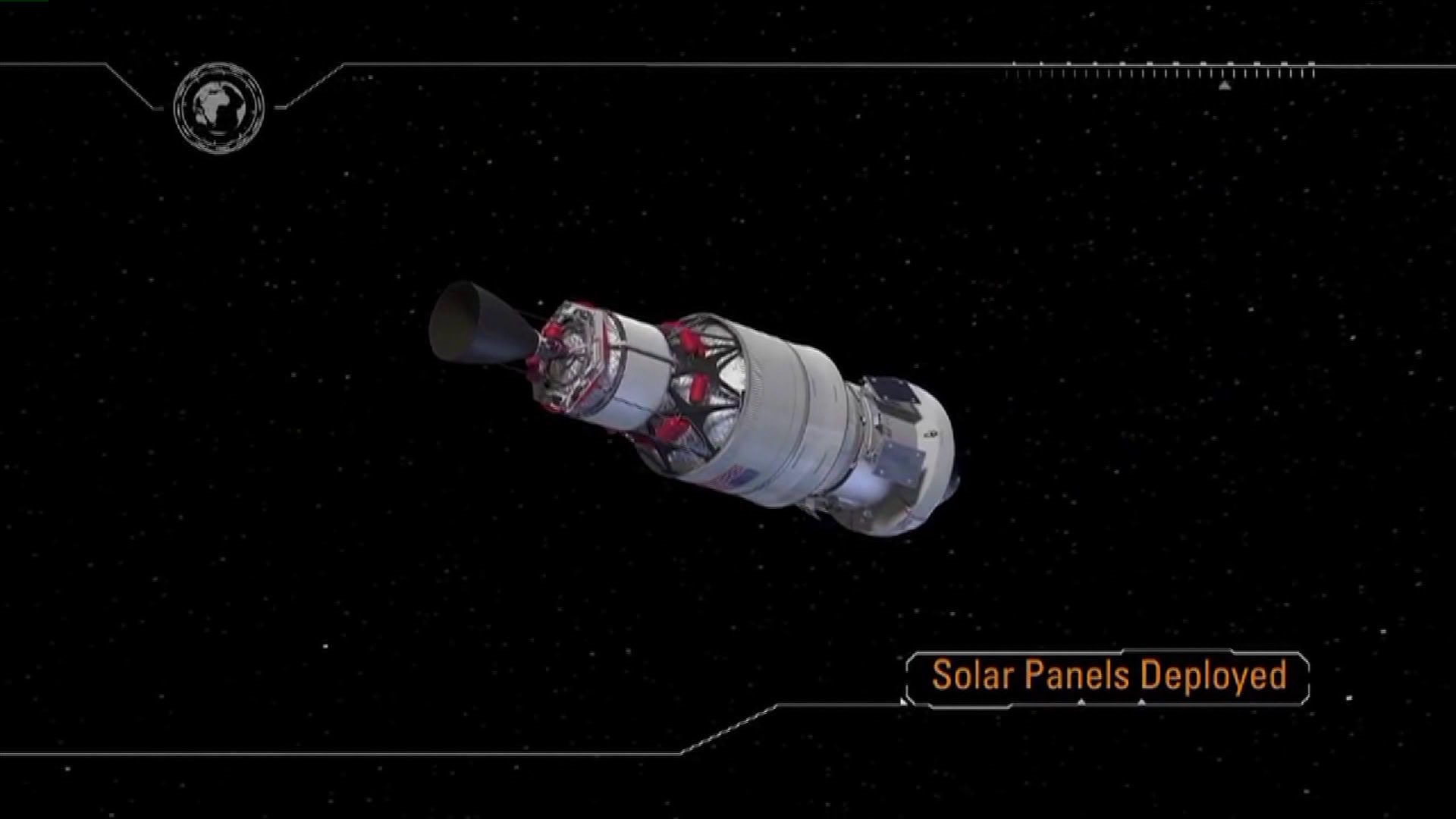WINDSOR LOCKS -- Up at UTC Aerospace in Windsor Locks this week, an event was held to celebrate the partnership between NASA, Lockheed Martin, and UTC. Some of the top minds in the business gathered together to speak about the challenges of putting humans in deep space, as well as their timeline for the future of the program.
The Orion spacecraft is NASA’s next generation for human space travel. The capsule will have the ability to take humans into deep space, past the moon, going further than humans have ever ventured out. It’s a huge collaboration, and much of the work is done right here in Connecticut.
Mark Kirasich, Program Director of the Orion mission, talked about how much goes into a mission of this magnitude: “Orion is built by a total of almost 800 companies across 48 states in the US, so we depend on a lot.”
To demonstrate that collaboration, some of the top brass from this mission gathered together to talk about their efforts. Congresswoman Elizabeth Esty joined the panel representing the House Science Space and Technology Committee. So there were politicians, executives, engineers, and all you need now is an astronaut. That’s Tony Antonelli’s job. He flew on two space shuttle missions, spending a total of 24 days in earth’s orbit. He acts as an advisor for human travel, helping engineers designing this craft make it comfortable for humans to spend a lot of time in. They’re also looking to deep space with future missions.
Antonelli added, “My group is called advanced programs, and we get to look at the future, so they’re working hard on the next couple of Orion missions to get the testing done, and I get to work on the next piece which NASA calls the Deep Space Gateway.”
It’s a ton of work to make this all come together flawlessly. We toured their facility and saw some actual parts that will go on the spacecraft in a few years. UTC mainly makes the life support systems that are vital to astronaut survival. When it comes to launching things into space, weight equals money, so it’s all about trimming things down as much as possible.
Robert Goewey, Deputy Program Manager at UTAS, talks about how fine-tuned these systems have to be. “They’re trying to get the channels within this area here to within 70 thousandths of an inch. To this tube and that way it allows them to remove the maximum amount of weight while maintaining the structural integrity.”
So why spend all this money and effort to put humans far into the vacuum of space, where harsh temperatures and deadly radiation are just a few of your problems? Kirasich echoes what a lot of space nerds say… it’s all about adventure. “When Apollo flew in the 1960s, that captivated the imagination of people here in the US and around the world, and in fact motivated me and many of the people of my generation to become engineers, and the same thing is going to happen when we send people to these distant places on Orion. It’s really going to capture the imaginations”
The Orion spacecraft is scheduled to launch on top of a huge NASA rocket called the Space Launch System (SLS). An unmanned launch is set for 2019, with crew missions around the moon in the early 2020’s. After that, the next step is Mars.

